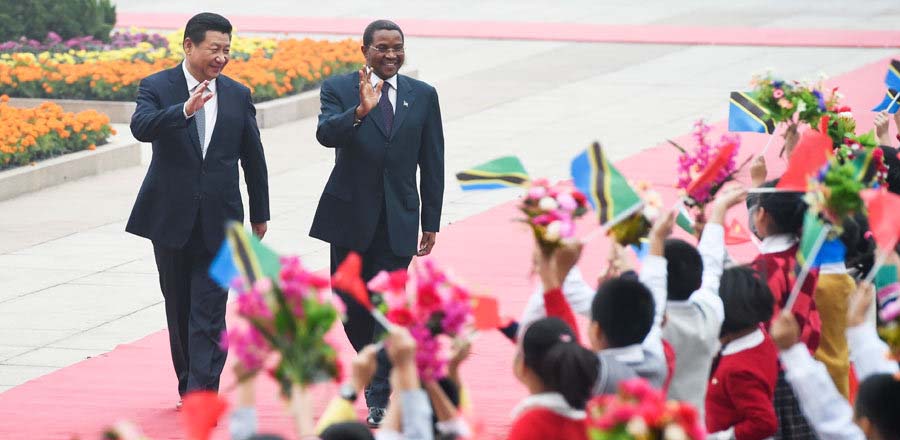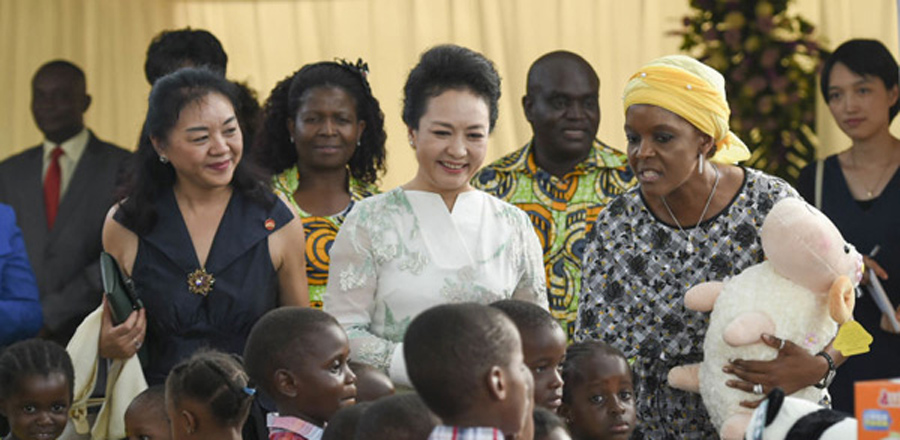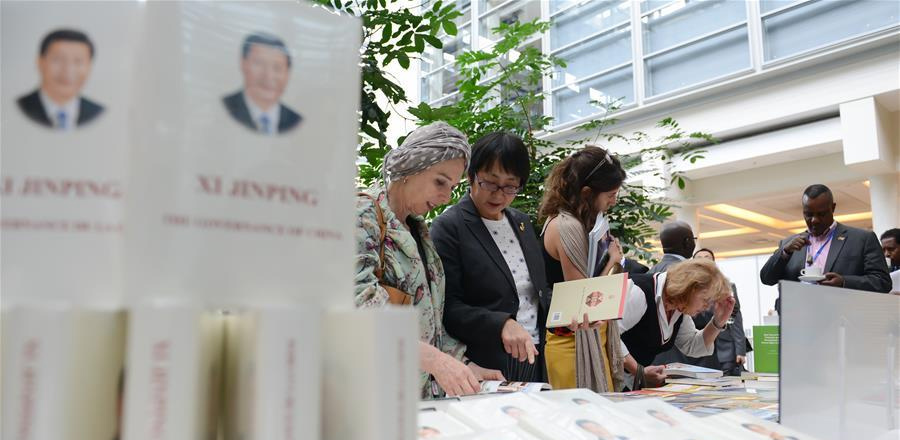
New measures are being devised to raise the living standards of the country's poorest groups by giving new life to moribund villages in the rural areas. Li Yang and Yang Jun report from Bijie, Guizhou province.
Three years ago, five "left-behind" children died after they crawled into a refuse container on a freezing winter day and lit a fire to keep warm, but were overcome by carbon monoxide fumes.
The deaths occurred in Bijie, a city in Guizhou province, where in June, four siblings, one boy and three girls ages 5 to 14 committed suicide by drinking pesticide at their rundown home while their parents were working as migrant workers in faraway Guangdong province.
The cases highlighted the plight of left-behind children in China's underdeveloped rural areas, and the pressures that force their parents to move to cities for work, leaving the children with their grandparents.
Bijie, located in a mountainous region and covering an area roughly the same as Belgium, has 8.8 million registered residents, many of them members of one of the area's 44 ethnic groups. However, about 3 million Bijie natives earn their livelihoods in prosperous coastal regions, such as the Pearl River Delta and the Yangtze River Delta, resulting in 500,000 left-behind children.
At the end of August, more than 1.5 million people in the city were living below the World Bank's designated poverty level, which was $1.25 per person per day before mid-October, but was recently raised to $1.90. Two years ago things were even worse, and the number was 2.5 million.
In truth, Bijie's poor are just a fraction of the 70 million people across China who exist on less than $1.25 a day. The problem is so acute that last week the nation's top leaders attended a national poverty alleviation work conference in Beijing to discuss measures to lift rural residents out of poverty.
In a statement released after the conference, the leaders pledged to mobilize all resources and powers to eradicate the problem within five years, and the governors of the 22 regions most in need of poverty-alleviation measures signed "assignment books" with the authorities that clearly defined areas of accountability and responsibility for them and their subordinates.
The number of people in Guizhou living in poverty fell to about 5 million by the end of September this year, from 11.49 million in 2011. The remaining needy 5 million will be the hardest to help because they are scattered across a large mountainous area, according to Ye Tao, director of Guizhou's provincial poverty-alleviation office.














